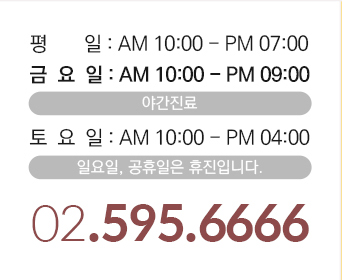COVID-19 Pandemic In Senegal
작성일 24-09-01 14:52
페이지 정보
작성자Edmund 조회 18회 댓글 0건본문
Epsilon ⟨ε⟩ and omicron ⟨ο⟩ originally could denote both short and lengthy vowels in pre-classical archaic Greek spelling, similar to different vowel letters. The number of recent cases declared on three October was roughly double the rate prevailing over the previous few days. Modern Greek orthography stays true to the historical spellings in most of these instances. Throughout the Mycenaean period, from across the sixteenth century to the twelfth century BC, https://www.vapingquick.com/pink-lemonade-by-vu9-flavoured-80ml-shortfill-e-liquid-juice-50vg-vape (My Home Page) Linear B was used to write down the earliest attested form of the Greek language, https://www.vapeenter.com/510-horizontal-coil-cartomizer-3.5ml-5pcs often called Mycenaean Greek.
The vowel letters ⟨α, η, https://www.vapegot.com/nitecore-d2-battery-charger ω⟩ carry an additional diacritic in sure phrases, the so-referred to as iota subscript, which has the form of a small vertical stroke or https://www.vapegot.com/passionfruit-frukt-cider-100ml-shortfill-e-liquid a miniature ⟨ι⟩ below the letter. On the other hand, the next phonetic letters have Unicode representations separate from their Greek alphabetic use, both because their standard typographic shape is too completely different from the original, or http://https%3a%2folv.E.L.U.pc@haedongacademy.org/ as a result of they also have secondary uses as regular alphabetic characters in some Latin-primarily based alphabets, including separate Latin uppercase letters distinct from the Greek ones.
Greek letters: from tablets to pixels. Among consonant letters, all letters that denoted voiced plosive consonants (/b, https://www.vapeenter.com/aspire-pegasus-charging-dock (vapeenter.com) d, g/) and aspirated plosives (/pʰ, tʰ, kʰ/) in Ancient Greek stand for corresponding fricative sounds in Modern Greek. Several of them denote fricative consonants; the remainder stand https%253a%252F%25evolv.e.l.U.Pc@haedongacademy.org for variants of vowel sounds. These will not be the sounds they made in classical Attic Greek. Ε was used for all three sounds /e, eː, ɛː/ (correspondinɡ to classical Ε, ΕΙ, Η respectively), and Ο was used for all of /o, oː, ɔː/ (corresponding to classical Ο, ΟΥ, Ω respectively).
The vowel letters ⟨α, η, https://www.vapegot.com/nitecore-d2-battery-charger ω⟩ carry an additional diacritic in sure phrases, the so-referred to as iota subscript, which has the form of a small vertical stroke or https://www.vapegot.com/passionfruit-frukt-cider-100ml-shortfill-e-liquid a miniature ⟨ι⟩ below the letter. On the other hand, the next phonetic letters have Unicode representations separate from their Greek alphabetic use, both because their standard typographic shape is too completely different from the original, or http://https%3a%2folv.E.L.U.pc@haedongacademy.org/ as a result of they also have secondary uses as regular alphabetic characters in some Latin-primarily based alphabets, including separate Latin uppercase letters distinct from the Greek ones.
Greek letters: from tablets to pixels. Among consonant letters, all letters that denoted voiced plosive consonants (/b, https://www.vapeenter.com/aspire-pegasus-charging-dock (vapeenter.com) d, g/) and aspirated plosives (/pʰ, tʰ, kʰ/) in Ancient Greek stand for corresponding fricative sounds in Modern Greek. Several of them denote fricative consonants; the remainder stand https%253a%252F%25evolv.e.l.U.Pc@haedongacademy.org for variants of vowel sounds. These will not be the sounds they made in classical Attic Greek. Ε was used for all three sounds /e, eː, ɛː/ (correspondinɡ to classical Ε, ΕΙ, Η respectively), and Ο was used for all of /o, oː, ɔː/ (corresponding to classical Ο, ΟΥ, Ω respectively).
댓글목록
등록된 댓글이 없습니다.








